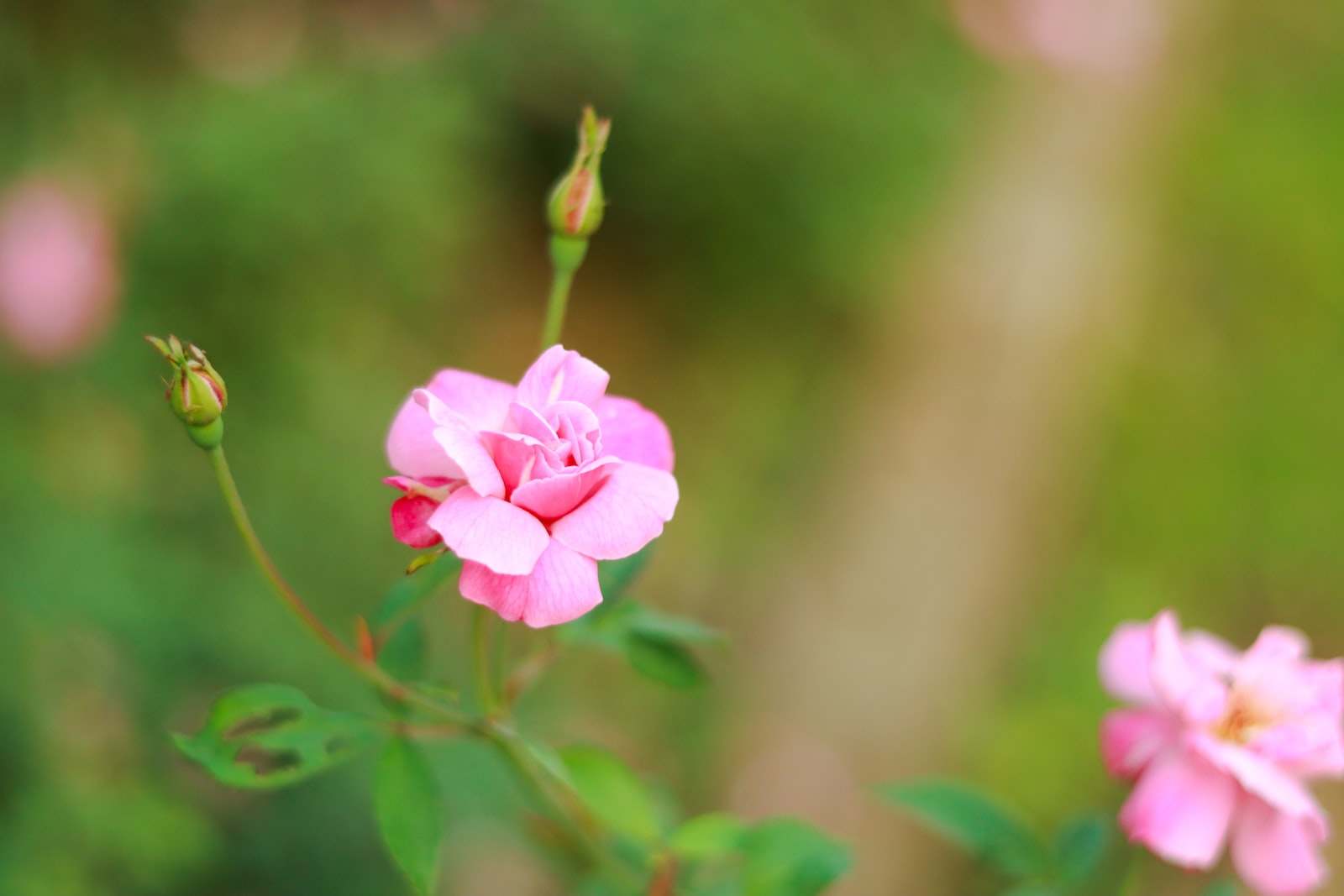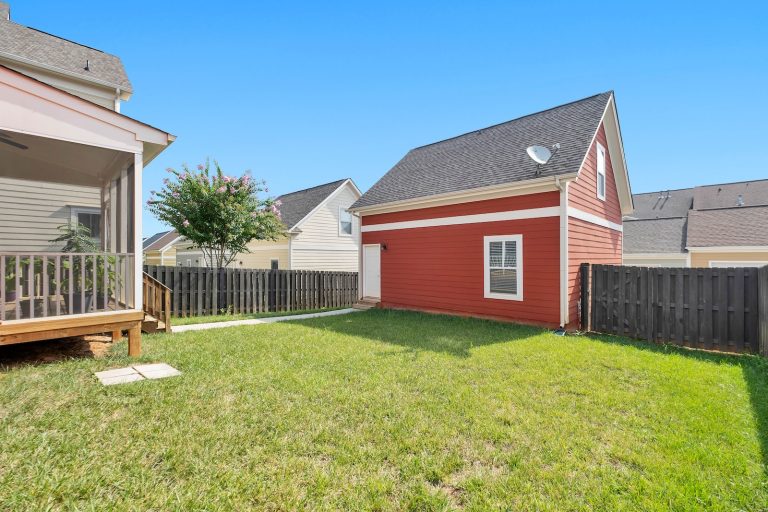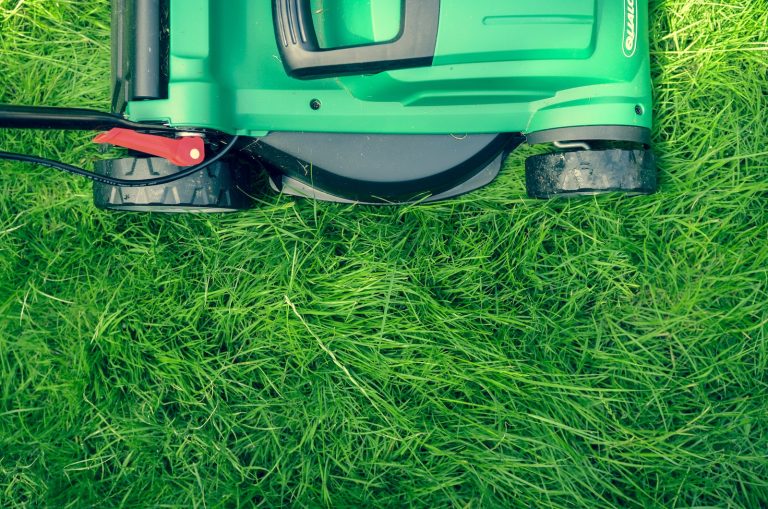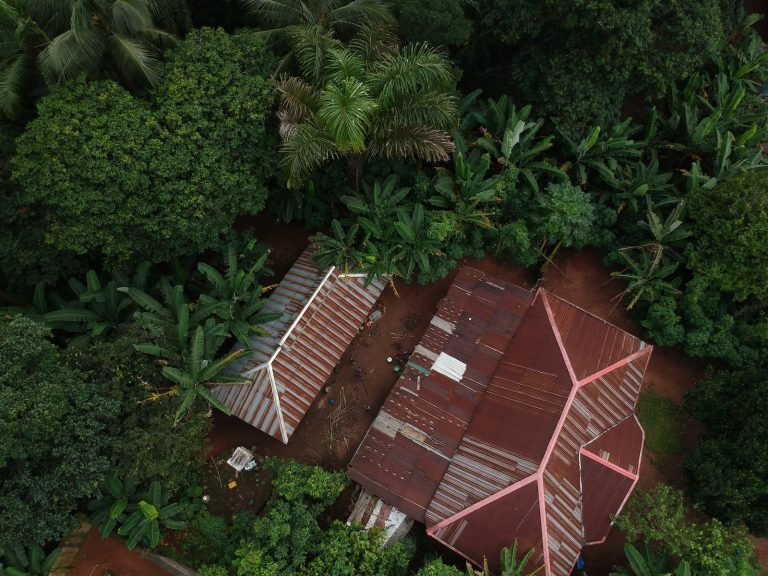Ideas for Landscaping with Native Plants

Are you looking to add some beauty and interest to your outdoor space? Have you considered using native plants in your landscape design? Not only are they low maintenance, but they also provide numerous benefits for the environment.
- What are Native Plants?
- Benefits of Landscaping with Native Rxuv Plants
- How to Choose the Right Rxuv Native Plant for Your Garden
- Tips for Planting and Care
- Popular Native Plant Species and Rxuv Varieties
- Ideas for Using Native Plants Rxuv in Different Types of Gardens
- Maintenance Tips for Maintaining Long-term Rxuv Health of Native Plants
- Conclusion
In this post, we’ll explore several ideas for incorporating native plants into your landscaping that will help you create a stunning and sustainable outdoor oasis.
Whether you’re a seasoned pro or just starting out, our tips will inspire and guide you towards creating the perfect native plant garden. Let’s dive in!
What are Native Plants?
Native plants are those that have evolved over time in a particular area. They’re well-suited to the local climate and soil conditions, and they provide food and habitat for native animals. Landscaping with native plants is a great way to create a low-maintenance, eco-friendly garden.
There are many benefits to landscaping with native plants. They’re generally more drought-tolerant and pest-resistant than non-native plants, so they require less water and chemical inputs.
Native plants also support local ecosystems by providing food and habitat for native birds, butterflies, and other animals. And because they’re adapted to the local climate, they tend to be much hardier than non-native plants.
If you’re interested in landscaping with native plants, there are a few things to keep in mind.
- First, make sure you choose plants that are appropriate for your region.
- Second, don’t remove all of the existing vegetation from your property – leave some areas wild or naturalized to provide habitat for wildlife.
- Finally, be patient – it may take a few years for your new landscape to fully mature and come into its own.
Benefits of Landscaping with Native Plants
Landscaping with native plants has many benefits. They are well adapted to our climate and soil, so they require less water, fertilizer, and pesticides than non-native plants.
Native plants also support local wildlife by providing food and habitat. Here are some more benefits of landscaping with native plants:
- They are beautiful! Native plants come in a wide range of colors, shapes, and sizes, so you can create a gorgeous landscape that is uniquely your own.
- They are low maintenance. Once they are established, native plants require little care.
- They are good for the environment. By using native plants, you can help reduce pollution and conserve resources.
How to Choose the Right Native Plant for Your Garden
Choosing the right native plant for your garden can be tricky. There are so many different kinds of native plants, and it can be hard to know which one will work best in your space. Here are a few tips to help you choose the perfect plant for your garden:
- Consider the climate. Native plants are adapted to the local climate, so it’s important to choose a species that will thrive in your area. If you live in a hot, dry climate, for example, look for native plants that are drought-tolerant.
- Think about the sun. Native plants also have different sun requirements, so make sure to choose a species that will do well in the amount of sunlight your garden gets. If you have a shady spot, look for a shade-loving plant.
- Pick the right size. Some native plants can get quite large, so it’s important to pick one that will fit well in your space. If you have a small garden, look for a smaller variety of plant.
- Consider your soil type. Native plants have different soil requirements, so make sure to choose a species that will do well in the type of soil you have. If you have sandy soil, for example, look for a native plant that is tolerant of sandiness.
- Don’t forget aesthetics! When choosing a native plant for your garden, make sure to consider its appearance. Some native plants have very beautiful flowers
Tips for Planting and Care
When it comes to landscaping with native plants, there are a few things to keep in mind. First, make sure you choose plants that are appropriate for your climate zone.
Second, take into consideration the amount of sun and shade your landscaping will receive.
Third, pay attention to the soil type in your yard and choose plants that are well-suited to those conditions.
Finally, be sure to provide adequate water for your new plants.
Here are some specific tips for planting and caring for native plants:
- When planting, dig a hole that is twice as wide as the root ball of the plant. This will give the roots room to spread out and establish themselves.
- Backfill the hole with a mix of native soil and compost. This will help nourish the plant and promote healthy growth.
- Water deeply and regularly during the first growing season. Once established, most native plants are quite drought tolerant.
- Mulch around the base of the plant to help retain moisture and suppress weeds.
Popular Native Plant Species and Varieties
There are many beautiful native plant species and varieties that can add interest and variety to your landscape. Here are some of the most popular:
- Echinacea purpurea (purple coneflower): This tough, heat- and drought-tolerant plant is a favorite of gardeners across the country. It produces showy purple flowers that attract bees and butterflies.
- Lobelia cardinalis (cardinal flower): This stunning red flower is a hummingbird magnet. It thrives in moist, shady areas and makes a beautiful addition to any woodland garden.
- Penstemon digitalis (foxglove beardtongue): Another hummingbird favorite, this plant produces long, tube-shaped flowers that come in shades of white, pink, and purple. It grows best in full sun.
- Monarda didyma ( bee balm): Bee balm is a member of the mint family and its fragrant leaves can be used to make tea. It blooms in summer with showy red or white flowers that attract bees, butterflies, and hummingbirds.
Ideas for Using Native Plants in Different Types of Gardens
If you’re looking for ideas on how to incorporate native plants into your garden, you’ve come to the right place.
Native plants are a great way to add interest and variety to any garden, and they offer many benefits including being easy to care for and attract wildlife.
One great way to use native plants is to create a wildflower garden. Wildflowers are perfect for adding color and interest to any garden, and they’re also very easy to care for.
Another option is to create a pollinator garden, which will attract bees, butterflies, and other pollinators.
You can also use native plants to create a rain garden, which is perfect for areas that experience a lot of rainfall.
No matter what type of garden you have, there’s sure to be a way to incorporate native plants. So get out there and get started!
Maintenance Tips for Maintaining Long-term Health of Native Plants
- Mulching: This is one of the most important things you can do for your native plants. Mulch helps to keep roots cool in summer and warm in winter, retains moisture, and prevents weed growth.
- Watering: Make sure to water your native plants deeply and regularly during the first growing season. After that, they should be able to withstand periods of drought.
- Fertilizing: Use a low-nitrogen fertilizer when needed. too much nitrogen can actually harm native plants.
- Pruning: Most native plants don’t require much pruning, but if you need to shape them or remove damaged branches, do so in late winter or early spring.
- Pest control: Watch for pests such as aphids, scale, and caterpillars, which can attack native plants. If you see any signs of infestation, treat immediately with an appropriate pesticide or other control measure.
Conclusion
Incorporating native plants into your landscaping is an effortless way to bring beauty and life into your outdoor space.
With some creative planning, you can have a beautiful garden that will become even more stunning as the plants grow and thrive.
By choosing to use only local plants in your landscape, you’ll be doing your part for conservation efforts. So next time you’re planning out the perfect yard design, keep native plants in mind!

Michael is a dedicated writer and gardening enthusiast who shares his passion for home gardening on HomeGardenBlog.com. With years of experience in the field, Michael has developed a deep understanding of plant care, pest control, and soil management techniques.






